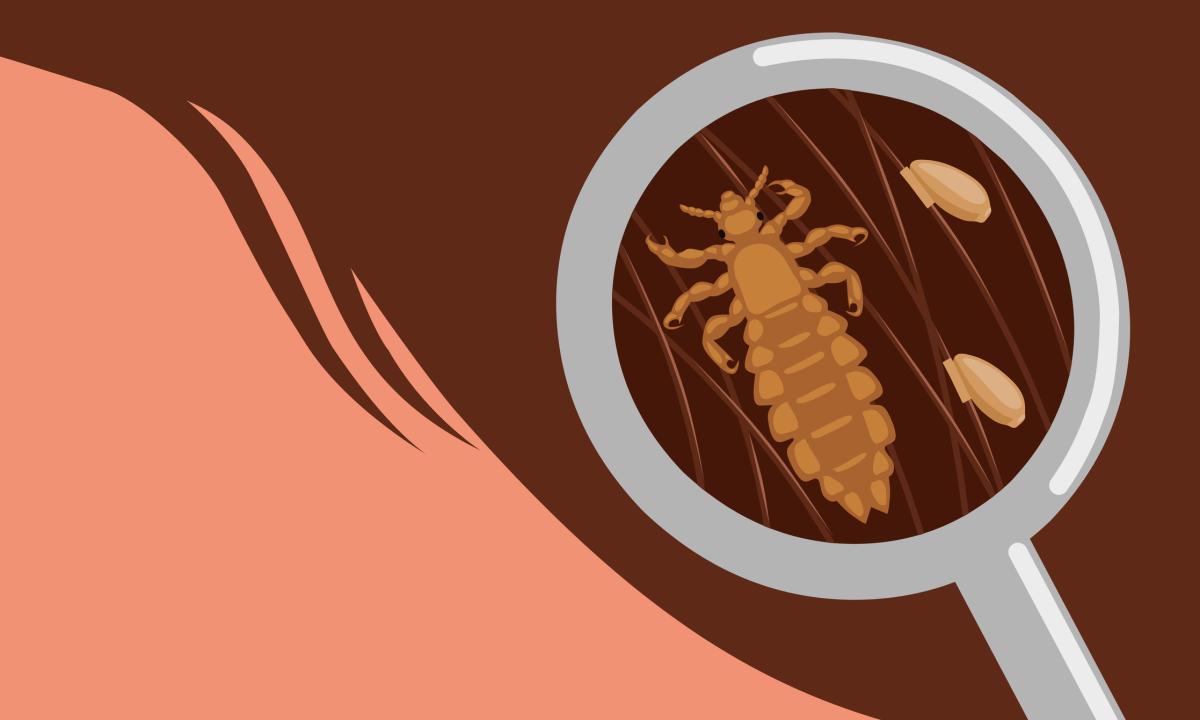Super lice are here! Will the zombie apocalypse be next?


Nobody likes the idea of having lice. Just the thought of the little critters having super powers makes every inch of my scalp crawl. But let’s be honest, lice are pretty harmless. Yes, they can cause itching and social embarrassment, but they don’t cause disease and aren’t easily spread. But I have to admit, more than once closing down an exam room for a day when we had a patient with confirmed lice come to clinic. In reality, most schools no longer require kids with nits to stay home, because it doesn’t mean they have an active infection and spreading requires hair to hair contact or using a hat or brush from an infested person.
Are the lice really SUPER?
Not really, they just have developed resistance to some of the over-the-counter preparations we use to treat lice. It seems to be in part from mutation of the genetic code, but there are other factors involved. Most preparations don’t kill all the eggs, or nits, so 3-7 days after you treat any remaining eggs can hatch and you’re back to square one. And lice are pretty tough to kill. A louse can live two days outside the host before they feed again. Hosting and feeding. No wonder the thought of lice can make your whole scalp itch.
What about old-time remedies?
It is true that keeping your head covered in mayonnaise will suffocate the beasties, but what a mess! And you could get out a fine toothed brush, wet the hair, coat it with conditioner and brush twice through every 3-4 four days (each treatment takes about 30 minutes of brushing) to get rid of lice and most importantly the eggs, but this has doubtful effectiveness. Finally, you could shave your head and take a good, hot shower – my favorite hair style. But, each of these solutions has obvious drawbacks.
Is there any hope?

You have to treat twice with the less potent, more widely available preparations – after you give time for the eggs that were around with the first treatment to hatch, about seven days. And when you do use these topical preparations, you have to leave them on long enough to work. It’s best to leave it on under a shower cap overnight. You then have to treat the bedding and clothes at the same time to be sure no live little ones are left by washing in water above 130 degrees. All that washing has to be done for a couple of days beforehand because you want the environment where you lay your head to be free of lice when you finish your treatment. So if you don’t get it right the first time, you have to start all over again and you might assume you’re dealing with a super bug, rather than an inadequate treatment.
If all else fails…
But even when you do everything right, there needs to be back-up plan. If the lice won’t go away the next step is to come in to the clinic and see if you have a resistant bug. If so, we have stronger agents that work well at eradicating them. But it’s important to document what we are treating with some certainty and get good follow-up to resolution. So maybe it’s not a sign of zombies coming to get us. They’re not Super Lice, just tough little beasties that need thoroughly addressed.
To schedule an appointment at a Nebraska Medicine health center, call 800.922.0000.




